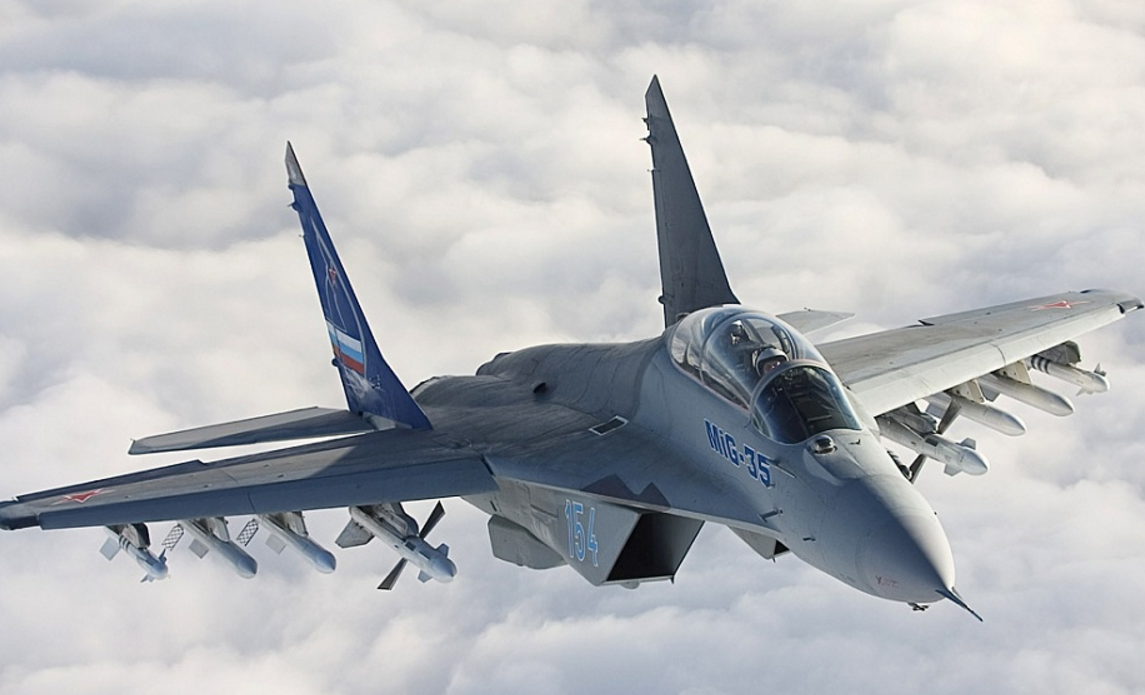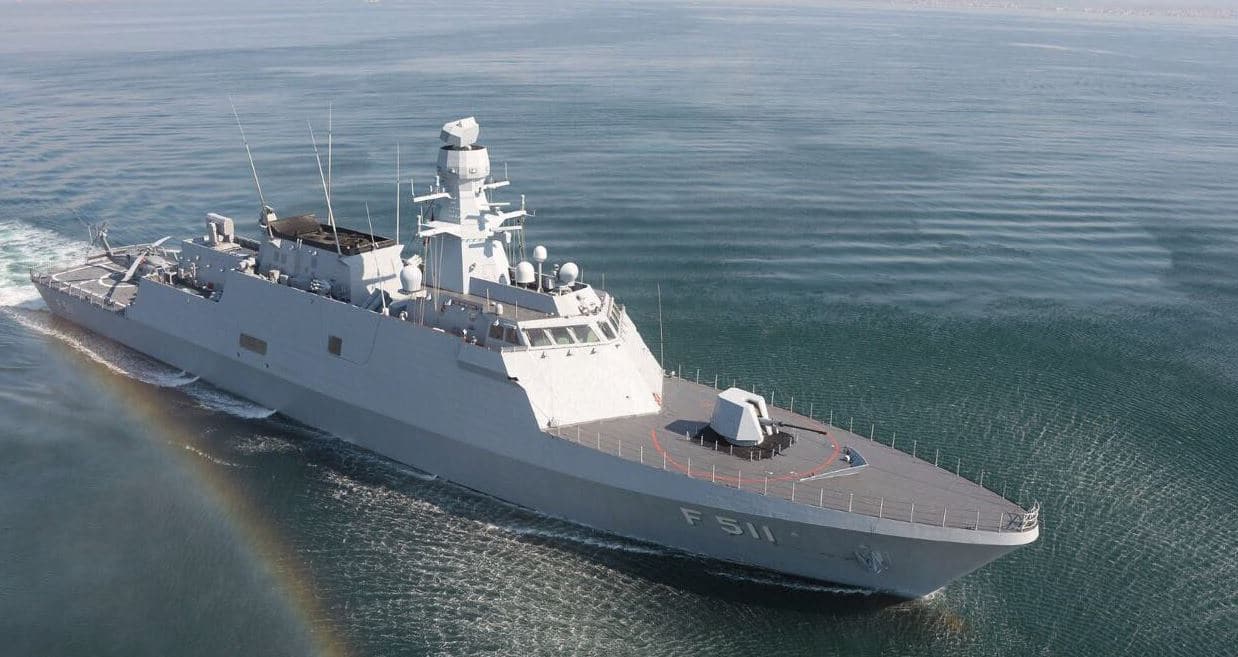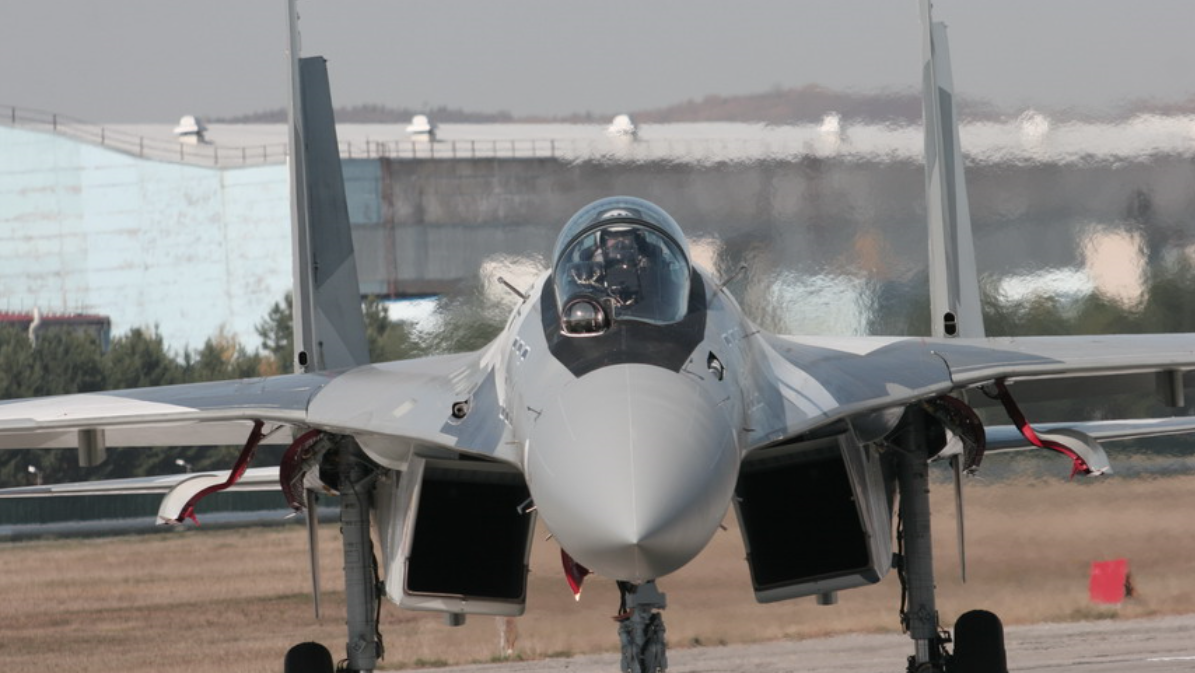36Views 30Comments

Russian MiG-35 flights will begin in January
Russia’s Deputy Prime Minister, Dmitry Rogozin, announced that the Russian Air Force’s (VVS) Mikoyan MiG-35 will begin its test flights this January.
Rogozin made the statement during a visit to one of Almaz-Antey’s subsidiaries (MKB Fakel).
The MiG-35 is the latest version of the MiG-29M/M2, the current production model of the Fulcrum, which has been among the Russian aviation industry’s leading exports.
Equipped with an updated onboard electronics suite, including an active electronically-scanned array (AESA) radar, the MiG-35 is being marketed as a very capable, but cost-effective, multi-role fighter.
With limited orders on the docket for the VVS (i.e. 37 planes), Moscow is steering the MiG-35 for primarily the export market, especially the developing world, which is expected to require an affordable platform configured with modern subsystems and weapons.
The MiG-35 is scheduled to become operational before the end of 2020.
Notes & Comments:
Originally, the MiG-35’s Zhuk-AE AESA radar was to be accompanied by the Elettronica ELT/568(v2) self-protection EW/ECM pod and Thales TopOwl-F (formerly designated TopSight) helmet-mounted display and sight (HMD/S) system. It is not clear to what extent these systems will be offered considering the tension between Moscow and its counterparts in Western Europe.
However, large customers should be able to undertake the integration work domestically. India, Egypt, Algeria, Malaysia, Indonesia and Vietnam should be considered as Moscow’s leading candidates for the MiG-35. These countries will have limited trouble accessing the subsystems originally marketed for the MiG-35, and in some cases (e.g. India), can integrate these systems (and others) themselves.
Although the MiG-35 could be a relatively affordable fighter, its comparative costs (versus low-cost combat aircraft) will still be high for most developing world air forces. Central Europe and the Balkans are, largely, out of the question as well, especially as many seek greater interoperability with (if not join) NATO – thus predisposing them to surplus Western fighters, such as the F-16.


